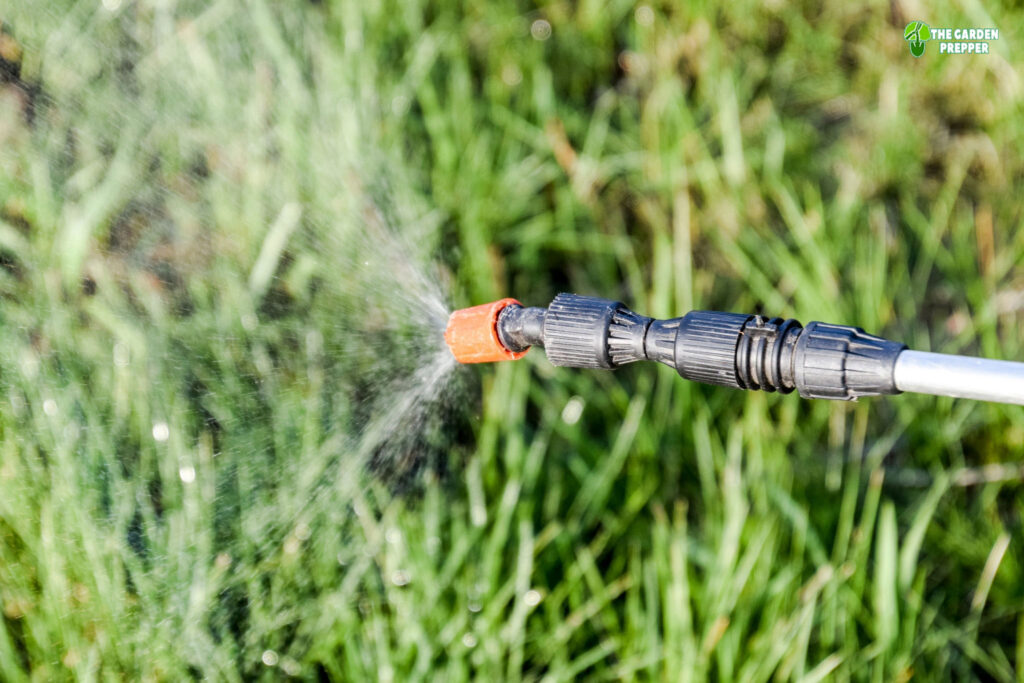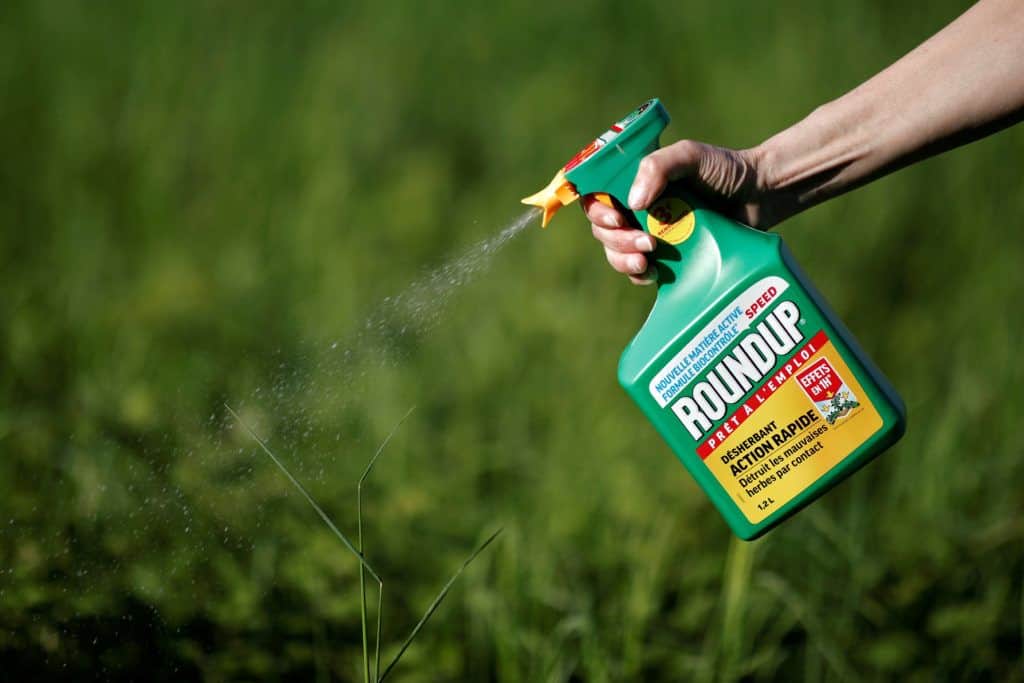
Glyphosate is a common herbicide, with Roundup being the most popular brand gardeners use. This helps get rid of weeds in the garden!
However, there may be some confusion as to how to use glyphosate, particularly during the rainy season. What if it will rain after applying herbicide? Is glyphosate rainfast and will it be diluted, removing its effectiveness?
How long does Roundup need before rain, for it to take effectivity? There are so many things to wonder about! So read on as I answer the question, ‘how long does glyphosate need to be on before rain?’

Glyphosate is a non-selective systemic herbicide used to kill vegetation by soaking through its foliage. This will need to penetrate the leaf surface so it will do its job in weed control. While the absorption would occur quickly, raining after application might wash off the glyphosate before it can enter the foliage.
The plant’s vascular system would carry the glyphosate to all of its parts, including the roots, killing it within 24 hours or so. It won’t soak into the roots and to the soil, it will need to make contact with leaves for the herbicide to work.
This is why glyphosate works best when applied to dry foliage. If not, then the glyphosate is combined with the water droplets and would be followed when running off leaves, landing on the soil instead of soaking in the leaves, deeming it ineffective.
Furthermore, the diluted mixture is only 2% glyphosate and while it’s enough to kill off unwanted vegetation, further dilution would have it lose potency.
With all this in mind, you do not want it to rain after applying glyphosate! But how long does roundup need to be on before rain for it to work effectively? The next section will tackle this.
Fortunately, not for too long. For those who are lacking time and believe rain might come soon, then be sure to wait for a clear and windless day. This herbicide would only require half an hour to soak into foliage, and when the rain comes after, you won’t have to worry as the herbicide won’t be washed away.
That said, after rainfall, it can take a few hours for the leaves to dry completely, especially if the weather remains humid. Also, the windy conditions may cause the herbicide to spread to other plants you’d like to keep. So take account the windiness and how long it may rain for before you apply glyphosate.
So, it’s best to apply glyphosate at least 30 minutes before rain comes, and to avoid applying it during windy days. How about the time of day to apply it?

It’s best to apply glyphosate when plants are actively growing and transpiring moisture. This would require sunlight, so you should apply it first thing in the morning for it to be effective throughout the day.
To be more precise, you’ll want to apply it in the morning on days where you expect more sun and warmth. But if it is rainy season, then the 30-minute rule of thumb applies. Avoid applying it at night as the herbicide would be deactivated easily during this time, so even without rain, it won’t be effective at all.
For those who have dew on the ground during the mornings, you may want to hold off on this until most of the moisture dries up. You may also need to reapply herbicide to areas you have treated before, particularly in dewy areas that have experienced over 5-6 hours of rain.
There is also more to think about other than the rain. You need to also think about the temperature. For best performance, it’s best to apply glyphosate when the temperature is about 60-75 degrees F for the entire day.
For lower temperatures, the weed growth will slow, resulting in slower herbicide uptake and translocation, thus decreasing the efficacy while increasing the necessary rainfast period. You should NOT apply herbicide during days where the temperature is lower than 40 degrees F.
Glyphosate is effective in killing of weeds and unwanted vegetation, but only if you use it correctly. Avoid using it during the rainy days to prevent it from losing efficacy! But if you don’t have a choice, then you should apply it at least 30 minutes before the rain is expected to come, and on grounds without too much dew or moisture.
I hope that you learned a lot and you know how to use glyphosate properly with this helpful guide. For those who plan to use glyphosate during the rainy season, remember this information and make sure you give it time to work on your plant before the rain sets in! Good luck!